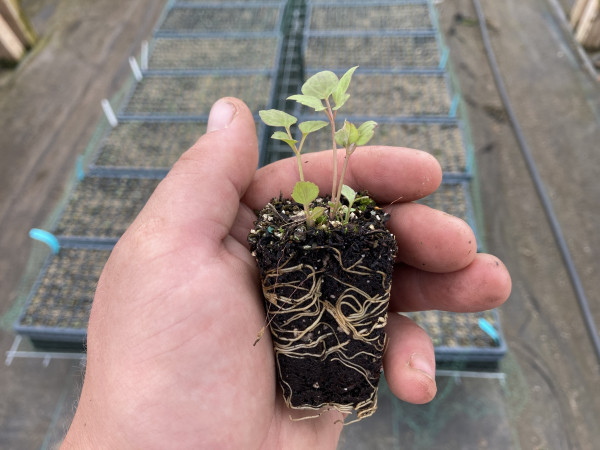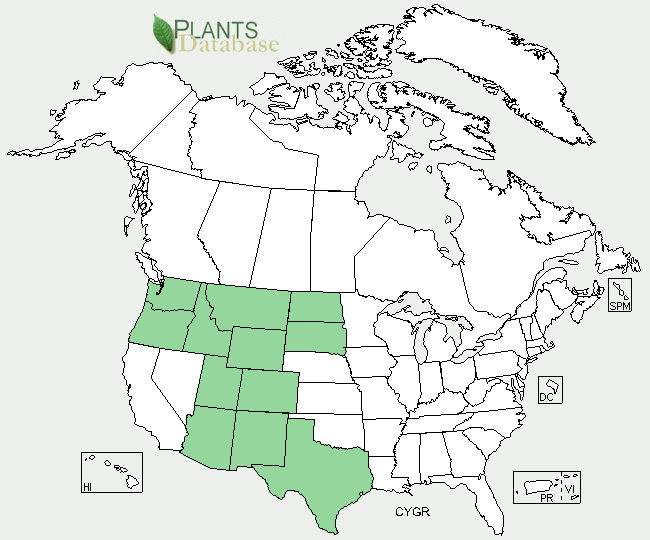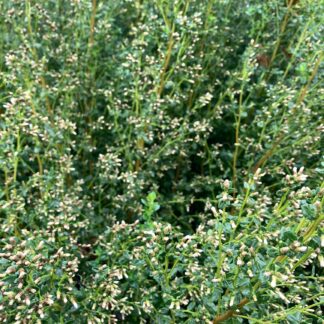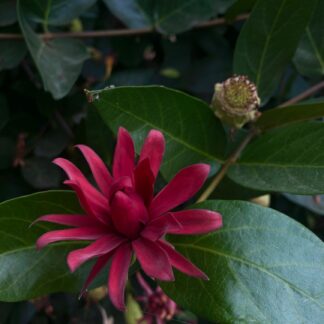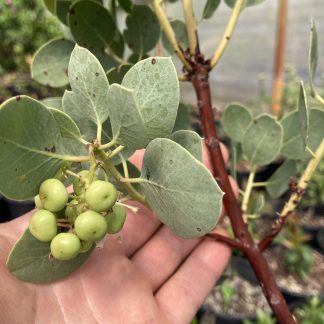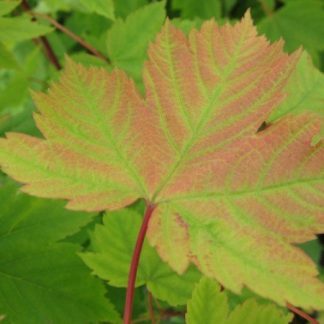Clematis columbiana
rock clematis
Habit: Clematis columbiana is a slender-stemmed sometimes scrambling, vine-like plant. Its stems are initially green, but turn red-brown when mature. Leaves are arranged oppositely along the wiry leafstalks and are consistently ternate (divided into three distinct parts). Leaflets are lance to elliptic-shaped and thin or slightly succulent and their margins vary from entire, to notched, to sometimes serrated. Nodding flowers with 4 blue to purplish sepals are terminal and solitary, blooming from May to July. Blossoms are followed by delicate, pom-pom-like seedheads which are covered with white feathery plume. The seedheads can be nearly as attractive as the flowers.
Ecology: rock clematis grows in dry to moist open woods, thickets and scree formations on arid slopes of the Cascade Range. Its native habitat ranges from the east side of the Cascades through the Rocky Mountains, and from near the Mexican border all the way to British Columbia in the north.
Growth conditions: partial shade and dry to moist, well-drained soils. Ideal for a dry climate rock garden. There is significant variation within this species, which can be expressed on the leaves, flowers and habit of the plant. C. columbiana var. columbiana is much more vinelike, whereas C. columbiana var. tenuiloba has mostly underground stems, and the ones that make it above ground, usually grow less than 4 inches in length.
Clematis columbiana has been used for medicinal purposes by Native Americans. Among other uses, the plant was made into a head wash to treat scabs and eczema and into a lotion to treat swollen ankles and knees.
Specs
Creeping shrub
6-12 feet (1.8 to 3.6 m)
1-2 feet (30 to 61 cm)
2 to 8

